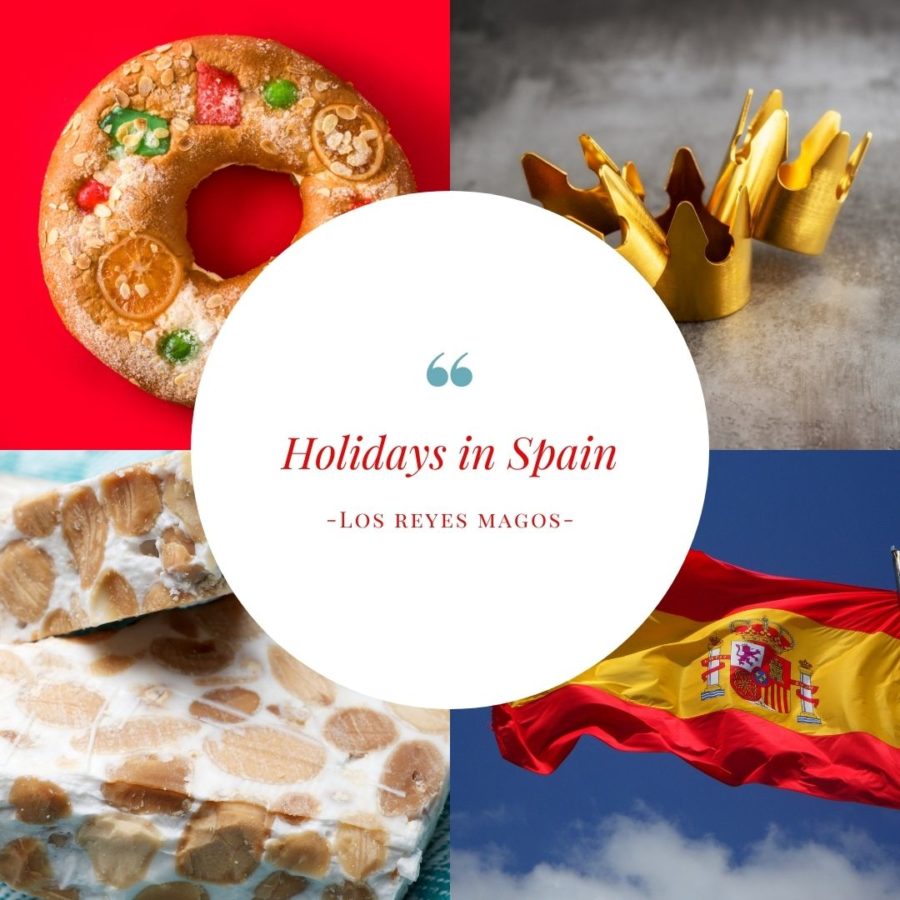El Día de Los Reyes Magos- a Spanish holiday like no other
Yearly on Jan. 6, the southern European countries celebrate El Día de Los Reyes Magos. With it comes gift-giving, parades, and traditional food, including el turrón and el roscón. Throughout this article, you can find an overview of this Spanish holiday surrounding the Three Wise Men.
Santa Claus isn’t the star of the holidays when the holy season rolls around in Spain. Instead, it’s the Three Wise Men — or Los Reyes Magos — who take center stage during the winter holidays.
While some southern European families have also embraced the Santa tradition in recent years, Los Reyes Magos are the most-awaited and essential.
According to the Christian traditions, the three wise men visited the newborn baby Jesus shortly after his birth. Coming with gifts of gold, frankincense, and myrrh, they were called Melchior, Caspar, and Balthazar.
In recent years, some Spanish families have begun to embrace the Santa gift-bringing tradition too. As a result, some children get gifts on both, Dec. 25 and Jan. 6. However, the Three Kings Day is easily the more important of the two, and the day when about everyone in Spain will be in the gift-opening spirit.
However, the traditional Spanish festivities begin on Jan. 5, as parades take place throughout the country to celebrate the arrival of the kings. Spanish families line the streets of their hometown to get a sight of the cabalgata de Los Reyes Magos.
These parades come along with dancers, musicians, puppeteers, and the Kings themselves riding on camels. Themselves, they throw goodies and candy to the children before embarking on the journey of leaving presents for the morning of Jan. 6.
On the el día de Los Reyes Magos, after the presents have been opened, a festive lunch awaits, with a traditional dessert: the almighty roscón.
The roscón is a crown-shaped dessert, resembling the king’s crown, decorated with candy “jewels.” The roscón de los Reyes is a sweet bread-like cake often filled with cream and topped with dried fruits.
In addition, the cake will have two plastic-wrapped figurines inside: a dried fava bean and a small king-shaped figurine. Whoever gets the slice of the cake with the small king is the “highness” of the celebratory get-together- as a result, this person will have good luck for the rest of the year. On the other hand, whoever finds the fava bean must pay for the roscón the following year.
Furthermore, the Turrón de Navidad is no exception in the holiday table in southern European countries. An almond nougat candy, consisting of only four ingredients- roasted almonds, egg whites, sugar, and raw honey.
Turrón is of Moorish origin and was invented in Jijona, Spain. There are two traditional types of turrón– soft Jijona or turrón blando, which is smooth with a consistency of marshmallows, and hard Alicante or turrón duro, which is of uniformity of candy cane.
By clicking here https://www.seriouseats.com/dulces-turron-de-alicante-nougat-with-marcona-almonds-recipe you can find a recipe for the soft turrón to make at home or can purchase them in most stores or online.
Felices fiestas!

